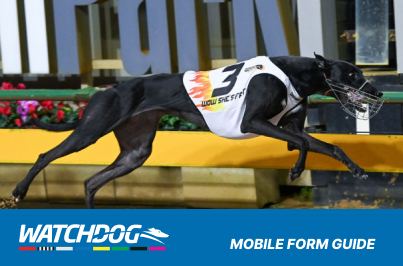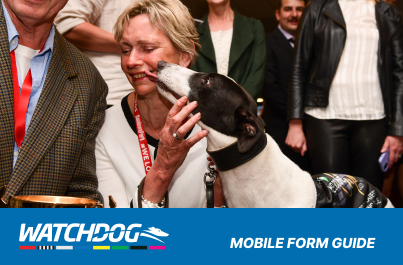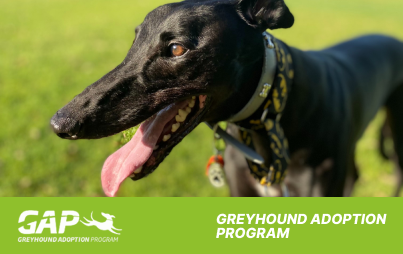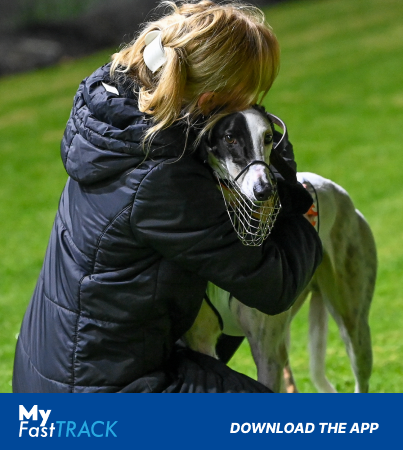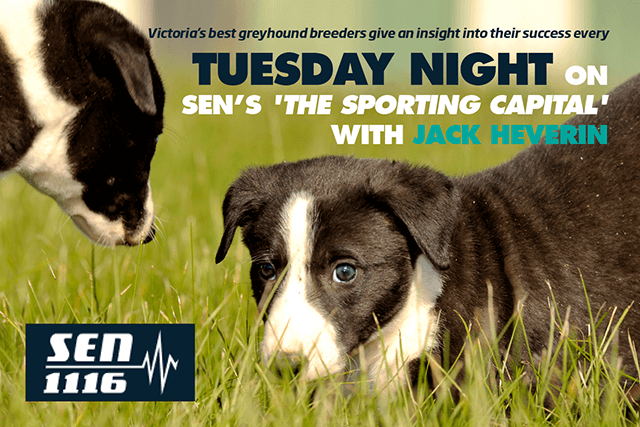Peter Martinovic and brother John are two of the quiet achievers of Victorian greyhound racing. Peter insists that understanding that greyhounds are all different is a key to the pair’s sustained success.

- Wednesday, 28 Feb, 2018,
- by Andrew Copley
Kings of the longshots
Koo Wee Rup’s Peter and John Martinovic form arguably one of the most underrated greyhound partnerships in Victoria. The pair breed and train a small team of greyhounds, and they have a history of producing winners at huge odds.
Among their long-priced winners throughout the recent summer season were Black Market ($15.40 on Ballarat Cup night), Ocean View ($39.00 & $12.60 at Sandown Park), Shining Opal ($33.10 at Warragul) and Big Bubbles ($16.40 on Cranbourne Cup night).
“We do our best to make them perform,” Peter Martinovic said. “We’re a small team, and I suppose punters underestimate our ability compared to big (name) trainers, but we’re doing alright. We’ve had a bit of luck with box draws (lately) and things are going our way.”
The Martinovics, who along with brother Joseph make up the Bachelor Club Syndicate, are retired farmers who breed and train an average of one litter every year.
“John and I have been breeding and training greyhounds full-time for the past 12 or 13 years. We couldn’t do it if we were working another job and we couldn’t do it without each other’s help,” Peter Martinovic said.
“We have bred around 20 litters in the past 20-odd years, so it works out to about one litter a year. We are guided by when we feel one of our female greyhounds is worthwhile breeding with – based on her racetrack capabilities and her temperament – and obviously when she comes on-season.”
The Martinovics have bred numerous city winners over the years, including former group class dog Clockwork, and believe one of the keys to their sustained success is the size of the runs they house their pups in.
“We get them playing with a toy or a squeaker from about six months of age. You need to work out what is going to make them grab that toy and really want it.”
“We used to rear our pups in 100 metre runs but we found they injured themselves a lot, so we cut them back to 60 metres. Our runs are about seven metres wide, which is about twice the width of a lot of other people’s runs. We find that the extra width gives them a bit more area to turn, slow down and brake, meaning less strain on their wrists and metacarpals. We occasionally free-gallop our pups in bigger runs, but it’s always under supervision,” Martinovic said.
Martinovic said spending time getting to know your greyhounds is also crucial to success.
“You’ve got to interact with them and win their confidence. Some of our dogs like to try to escape from their pens, and the rare time that happens they’re actually not interested in escaping our property.. they come to the back door of our house looking for us. They never run away,” he said.
“Understanding that greyhounds are all different, just like human beings are all different, is so important. For instance, we get them playing with a toy or a squeaker from about six months of age. Some are interested in grabbing on to it and some aren’t. You need to work out what is going to make them grab that toy and really want it, whether it means tying it to a rope or working with them one-on-one,” Martinovic said.
Martinovic added that understanding each greyhound’s individual personality is also critical once they begin trialling and racing.
“Some greyhounds drink only a little bit straight after a race, but rehydration is critical after a run so you need to work out how to get that dog to drink. For instance, he or she might have a special place where they prefer to drink such as in the trailer. You’ve got to find out what works for each dog to get the very best out of them,” Martinovic said.
“Over the years I have noticed some people will offer their dogs a drink after a trial and then rush to load them in the trailer and drive away. We always offer our dogs a second drink back at the car or trailer after a trial or race. Some dogs still won’t drink much in that situation because they are side-tracked by things like the sound of the lure going, so when that happens we drive down the road away from the noise of the track and offer them a drink again. It’s all about giving your dogs the best care you can, and we’ve found that this works more often than not.”
ABOVE: Peter and John Martinovic with Big Bubbles after she won the Van Echteld (311m) on Cranbourne Cup night, which carried a $5,000 first prize plus a $1,000 VicGreys Bonus. Picture by Clint Anderson.
Listen to every podcast right here.


Andrew Copley
Communications Manager at Greyhound Racing Victoria with 25 years’ experience as a reporter with National Greyhound Form newspaper and GRV. Former Watchdog form analyst. Adopter of celebrity greyhound, Fred Basset. Victorian Greyhound of the Year and Victorian greyhound racing Hall of Fame panel member.
Featured
Latest news
Watchdog


Youngster eyes upset in Australian Cup
Breeder Angela Langton couldn’t be prouder of her young greyhound…
